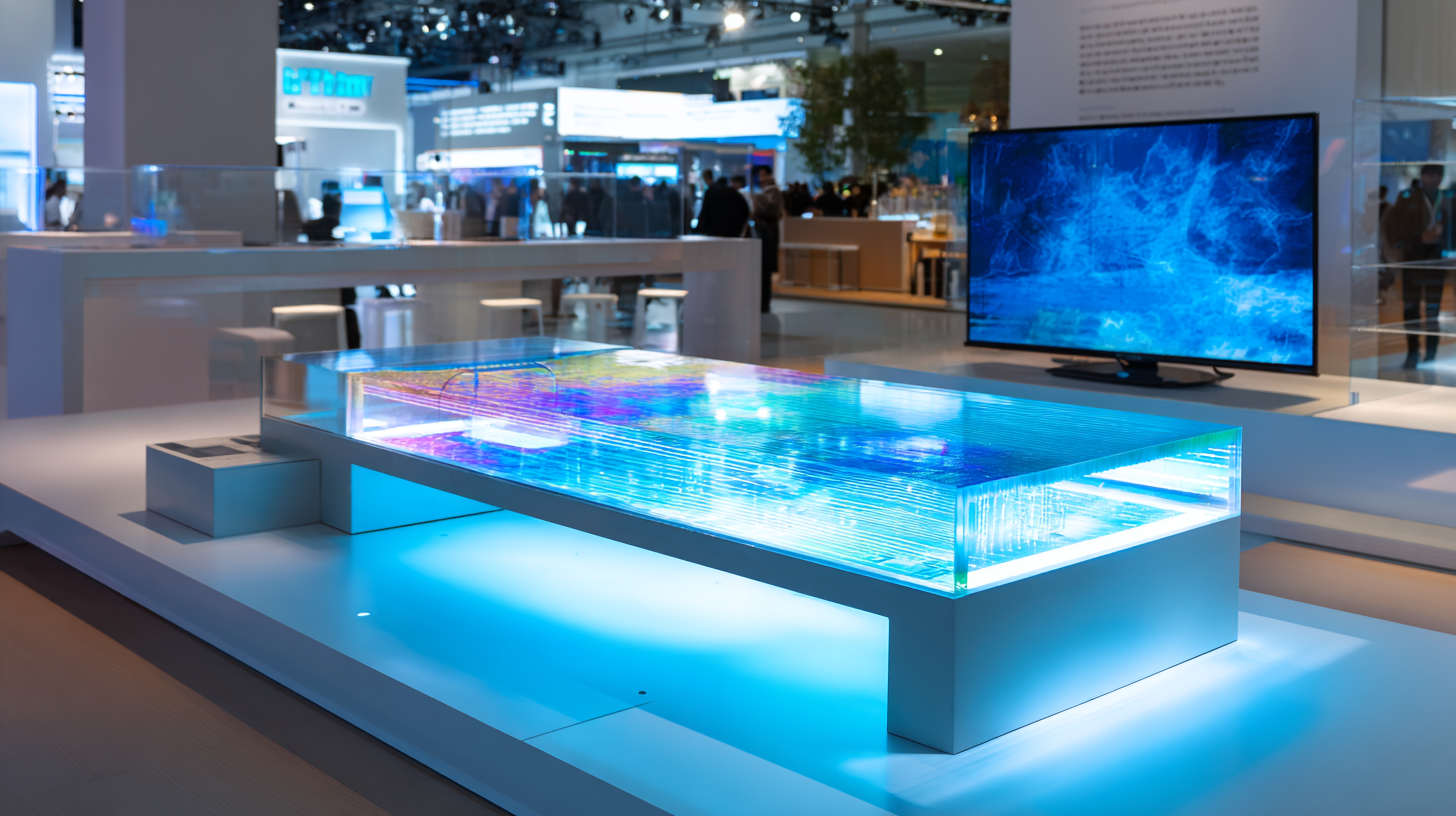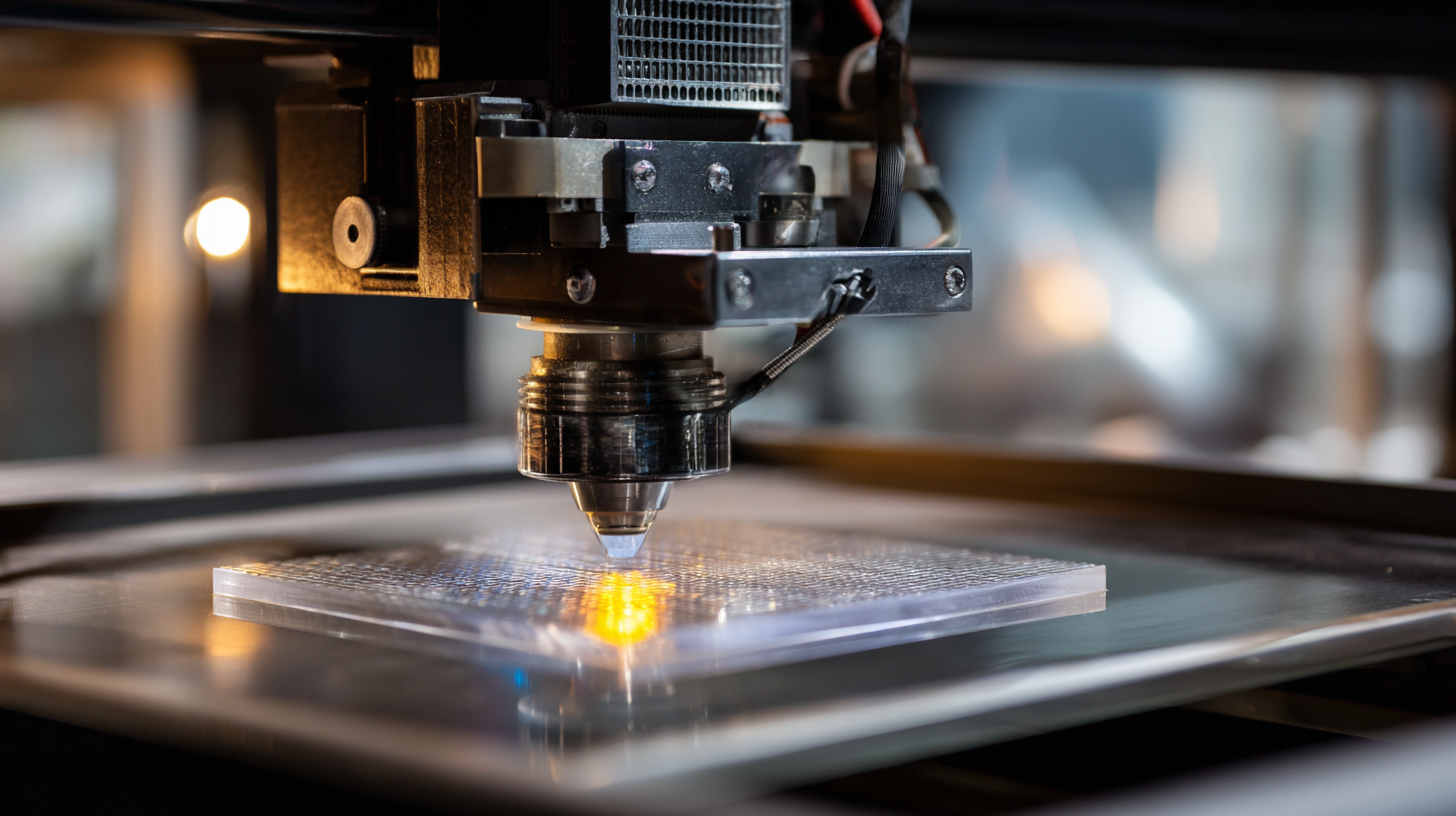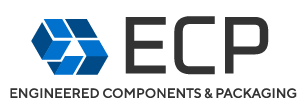585.204.6770
sale@sanblueplastics.com
Your Source for Trays!
Revolutionizing Consumer Electronics with Best Vacuum Forming Solutions for Common Manufacturing Challenges
In today's competitive landscape of consumer electronics, manufacturers are constantly seeking innovative solutions to address their unique challenges. One such transformative approach is vacuum forming, a process that significantly enhances the efficiency and quality of production. By utilizing vacuum forming techniques, manufacturers can create intricate designs and durable components while reducing material waste and production time.

This blog will explore how vacuum forming is revolutionizing the consumer electronics industry, providing manufacturers with the tools necessary to meet strict import and export certification standards. As we delve into the various applications and benefits of vacuum forming, we will highlight its role in overcoming common manufacturing challenges, ultimately paving the way for a more streamlined and sustainable production process.
Future Trends in Vacuum Forming Technology for Consumer Electronics
The future of vacuum forming technology in consumer electronics is poised for significant advancement as manufacturers face the challenges of creating lightweight, durable products. As highlighted by recent market research, the vacuum sealing machine market is expected to experience substantial growth, with applications extending beyond food and medical packaging into consumer electronics. This shift underscores the increasing importance of efficient production techniques, particularly as manufacturers seek to integrate smart technologies that enhance product performance and longevity.
At CES 2025, innovations showcased a variety of smart devices that leverage advanced vacuum forming techniques, demonstrating their capacity to meet emerging consumer demands. The ability to create complex, thin plastic shells with high precision allows for the development of cutting-edge gadgets that are not only aesthetically appealing but also functionally superior. Industry reports indicate that the consumer electronics landscape is evolving, with a notable rise in AI integration and direct-to-consumer models, fostering a competitive environment that prioritizes innovative manufacturing solutions like vacuum forming to stay ahead in the market. This is a crucial period where the convergence of technology and manufacturing can redefine the consumer electronics experience, shaping the products of tomorrow.

Overcoming Manufacturing Challenges with Advanced Vacuum Forming Techniques
The consumer electronics industry faces numerous manufacturing challenges, ranging from design complexities to material limitations. Advanced vacuum forming techniques are emerging as a vital solution to streamline production processes and improve product quality. According to a report by Smithers Pira, the global market for vacuum forming is expected to grow by 4.5% annually, reaching an estimated value of $1.7 billion by 2025. This growth highlights the increasing reliance on vacuum forming as manufacturers seek efficient and cost-effective methods to create intricate designs often required in modern electronics.
One significant advantage of vacuum forming lies in its ability to handle diverse materials, including plastics that are lightweight yet durable. A recent study revealed that approximately 70% of manufacturers reported a reduction in material waste and overall costs when incorporating vacuum forming in their processes. This technique not only enhances the aesthetic appeal of products but also improves functionality by ensuring precision in every component. With the rapid advancements in vacuum forming technology, manufacturers can overcome common challenges such as tight tolerances and complex geometries, thereby pushing the boundaries of innovation in consumer electronics.

Key Benefits of Vacuum Forming in Modern Electronics Production
Vacuum forming has emerged as a pivotal technology in modern electronics production, offering a range of benefits that tackle common manufacturing challenges. One key advantage is its cost-effectiveness, allowing manufacturers to produce high-quality components in a fraction of the time and expense compared to traditional molding techniques. The process enables the rapid prototyping of parts, which is crucial in a fast-paced market where innovation and speed to market are essential for success.
Tip: Always consider the thickness and type of material used in vacuum forming, as this can significantly impact the durability and flexibility of the final product. Selecting the right thermoplastics can enhance the performance and aesthetic appeal of electronic components.
Additionally, vacuum forming provides excellent design flexibility. This method accommodates intricate shapes and large surface areas, making it ideal for items like housings, bezels, and even custom electronic parts. The technology facilitates the creation of lightweight yet sturdy structures, which is particularly important in portable consumer electronics where weight plays a critical role.
Tip: Collaborate with experienced vacuum forming specialists to optimize your designs. They can provide insights that enhance manufacturability and suggest modifications that ensure your products meet rigorous industry standards.
Benefits of Vacuum Forming in Consumer Electronics Production
Case Studies: Successful Applications of Vacuum Forming Solutions
The application of vacuum forming solutions in consumer electronics has led to significant advancements in manufacturing practices. Case studies highlight how companies have effectively utilized this technique to overcome common challenges such as material waste and production time. For instance, a leading smartphone manufacturer implemented vacuum forming technology to create lightweight yet durable casing for their devices, resulting in a 30% reduction in material usage and decreased manufacturing costs.
To maximize the benefits of vacuum forming, manufacturers should focus on optimizing mold design. A well-crafted mold can lead to more efficient material usage and better final product quality. Remember to consider the thickness and type of material used, as this can greatly affect the heating time and overall process efficiency.
Another essential tip is to invest in consistent quality control during production. Regularly checking the formed parts against specifications ensures that any defects are caught early, preventing costly rework. A robust feedback loop from production to design can help companies adapt and improve their vacuum forming processes, ultimately enhancing product quality and market competitiveness.
Revolutionizing Consumer Electronics with Best Vacuum Forming Solutions for Common Manufacturing Challenges
| Application Area | Challenge | Solution | Benefits Achieved |
|---|---|---|---|
| Consumer Electronics Housing | Complex shapes and high durability needed | Custom vacuum forming molds | Increased strength and reduced production time |
| Packaging Solutions | Need for lightweight but protective packaging | Innovative vacuum formed designs | Cost savings on materials and shipping |
| Display Units | Fragility and aesthetic appeal required | High-impact vacuum formed plastics | Enhanced product visibility and customer attraction |
| Control Panels | Precision in dimensions and ergonomic design | Precision vacuum forming technology | Improved user interface and comfort |
| Robotics Covers | Lightweight yet robust protection needed | Custom lightweight materials | Enhanced performance with reduced power consumption |
Integrating Sustainable Practices in Vacuum Forming for Eco-Friendly Manufacturing
In the realm of consumer electronics, sustainability has become a focal point, making it essential for manufacturers to integrate eco-friendly practices into their operations.
Vacuum forming, a widely used process in manufacturing, presents unique opportunities for fostering sustainability. By utilizing recyclable materials and optimizing the production process, companies can significantly reduce waste and energy consumption. This not only minimizes the environmental impact but also enhances a brand's reputation among eco-conscious consumers.
Moreover, advancements in technology are enabling more efficient vacuum forming techniques that prioritize sustainability. For instance, the adoption of advanced machinery that utilizes energy-saving designs can help reduce the overall carbon footprint of the manufacturing process. Additionally, using biodegradable or recyclable thermoformed components further aligns manufacturing practices with global efforts toward sustainability. By embracing these innovations, manufacturers can meet the increasing demand for environmentally responsible products while still delivering high-quality consumer electronics that resonate with today's conscious buyers.
